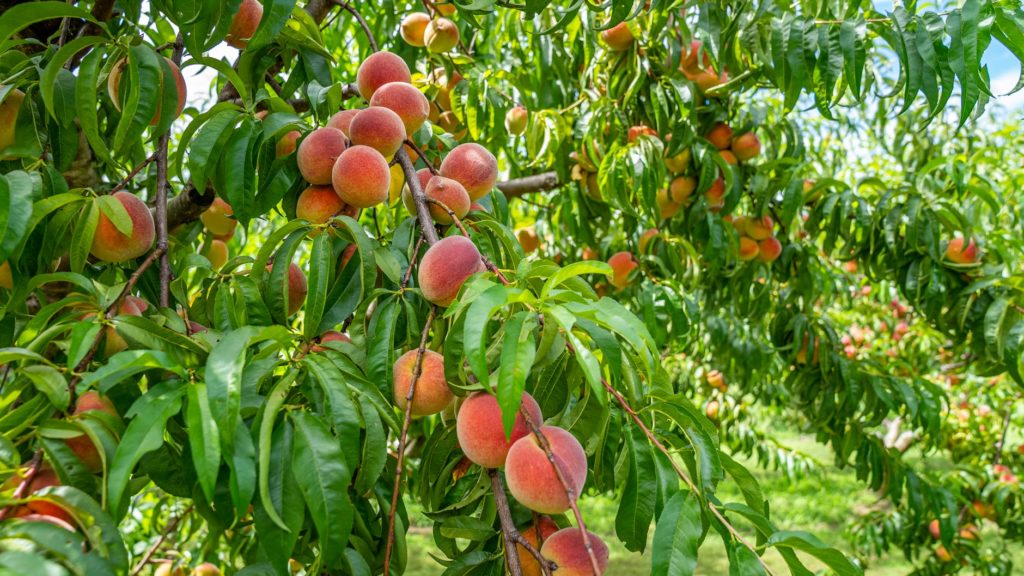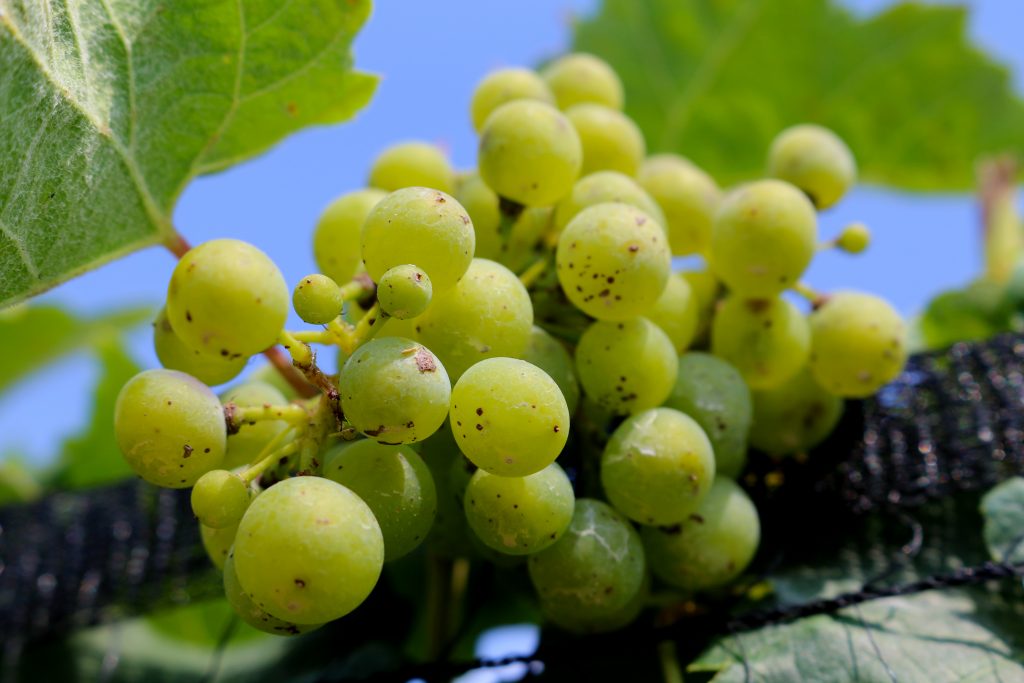By Clint Thompson
Consecutive days and nights of cold temperatures were just what the doctor ordered for peach producers and grape growers in the Southeast.

They allowed farmers to obtain much needed chill hours. Grape producers also received help in managing Pierce’s Disease.
University of Georgia Cooperative Extension fruit disease specialist Phil Brannen highlights the benefits that this week’s 20-and 30-degree temperatures provided.
“I feel more encouraged about peaches and about grapes than the last time I talked to you. We needed the cold weather,” Brannen said. “I think we’re probably okay with peaches and grapes even in north Georgia where it got down close to 0 (degrees). I think we’re probably fine as far as actual cold damage to the plant. I don’t think it got cold enough that we got actual damage to the plant.
“Hopefully, it’ll be good from the standpoint of getting more chill hours for the peaches. Maybe we’ll stay cool for a while to get all of the chill hours that we need going forward. In grapes, I hope it will help with Pierce’s Disease by killing off the bacteria. These are the kind of temperatures that we needed for grapes in North Georgia.”
Pierce’s disease is caused by a bacterium that is transmitted by numerous sharpshooter insects, including the glassy-winged sharpshooter. It clogs the grape xylem, cutting off nutrient and water flow. Once grapes are infected with the disease, vines die within one to two years. Colder temperatures reduce the number of insects present as well as bacterial numbers in the plant.

Peaches need chill hours to mature. The required chill hours depend on the specific variety growers choose to plant. Some may require as little as 500 chill hours, while others may need as many 800. According to University of Georgia Extension, fruit trees require a certain number of hours below 45 degrees Fahrenheit to break down growth inhibitors in buds. This allows them to produce fruit in the spring.
“It’s going to be cool for a little while. I think that will help us. We’re going into January. That gives us another month to accumulate some chill hours,” Brannen said. “We’ll start blooming in some places in late February and into March. I feel a lot better, as far as the good the cold can bring, I feel better than I did a month ago.”










